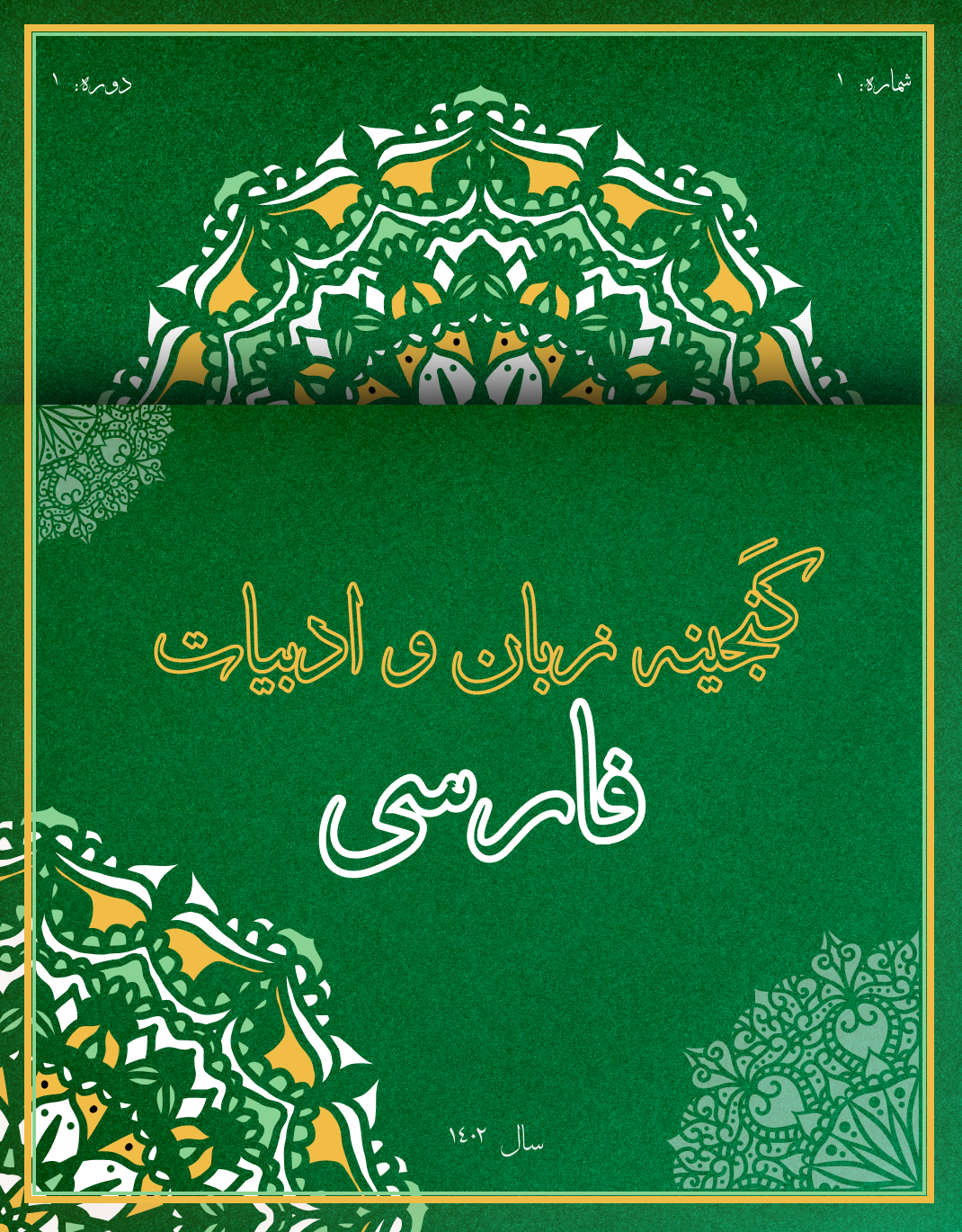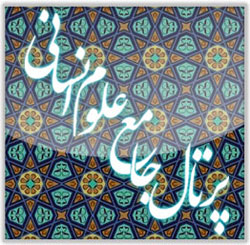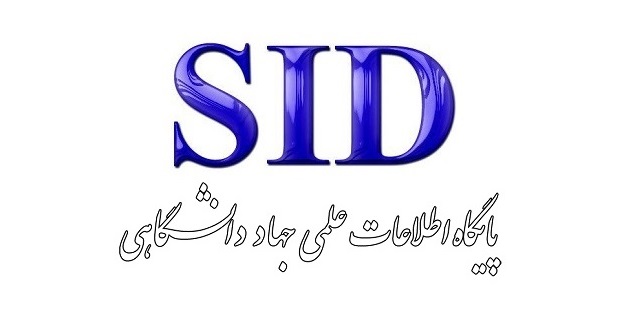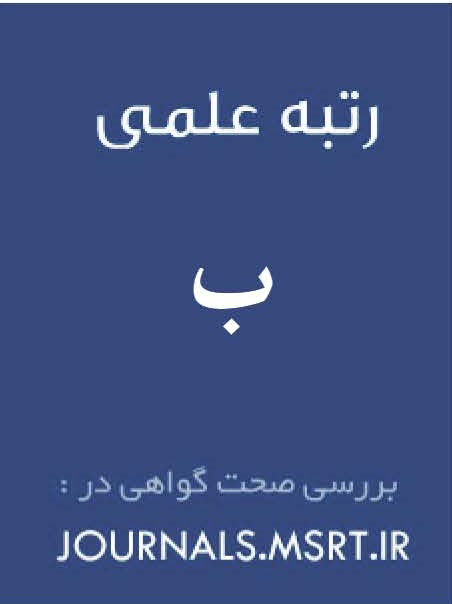Comparison of the Components of Modern Epics with Ancient Epics in Persian Literature (With Emphasis on the Mythological Element)
Keywords:
Shahnameh, Ferdowsi, Modern Epic, Ancient Epic, Contemporary PoetryAbstract
Modern epic poetry is one of the major movements in contemporary Persian poetry, whose epic characteristics have transformed in line with changing historical conditions. Ahmad Shamloo, Ekhtiar Khavan, Siavash Kasrai, and Shafiei Kadkani are among the most prominent figures of this movement, whose epic features stand out more than other contemporary poets. In this study, to describe the transformation of the epic in line with new expressive needs, the epic features of the poetry of the aforementioned poets, along with the most notable poets of the Revolution such as Nasrollah Mardani, Hamid Sabzevari, and Mousavi Garmaroudi, are categorized into three groups: content features, linguistic features (the selection of words and phrases appropriate for the epic theme, the antiquity of phrases and syntactical structures), and literary features (epic atmospheres, exaggeration, and the magnificent rhythm and music of the epic). This research is a theoretical and qualitative study, and the most suitable method based on the subject and objectives of the research is the qualitative-analytical approach. In this method, to gather information, the technique of note-taking from available resources in libraries was used, and to draw conclusions or inferences, the method of concept and text analysis was applied. In most contemporary poets (especially before the Revolution), a deep admiration for Iran leads them to focus on the glorious and majestic era of ancient Iran, causing every element connected to the homeland to manifest in their poems. Epic, mythological, ritualistic elements, and even mythical creatures and epic tools sometimes appear with fanatical anger—particularly in the poetry of Ekhtiar Khavan—sometimes with an optimistic and logical perspective—in Siavash Kasrai’s poetry—sometimes in a peaceful manner alongside Islamic elements—in Shafiei Kadkani’s poetry—and sometimes with a tone of admiration and pride—in the poetry of Tabriz and Nima Youshij. In general, an analysis of the data leads to the conclusion that there are similarities and differences in terms of structure and content between the ancient epic of Ferdowsi and the modern epic. From a linguistic perspective, the use of epic words is evident in both types of epic poetry; similarly, from a literary perspective, the use of common meters, internal and external music, exaggeration, and epic emotion is seen in both types of epic. From a content perspective, patriotism and defense of the homeland are common aspects of both types of epic. The significant difference between ancient and modern epics lies in the content of modern epics’ connection with social and political issues, which is a matter that holds less importance in ancient epic poetry.








